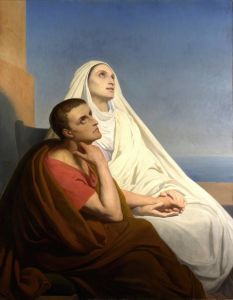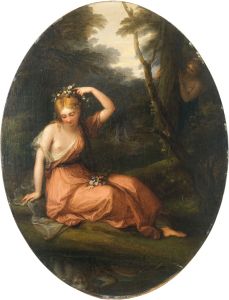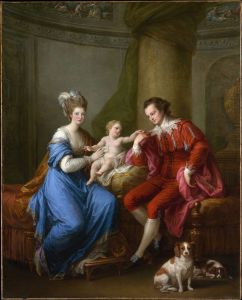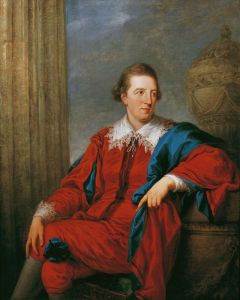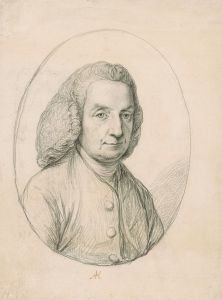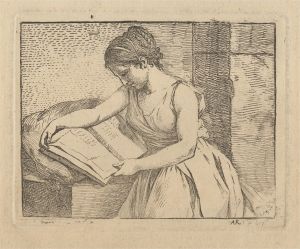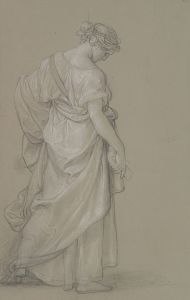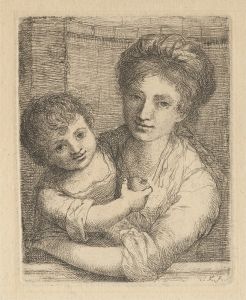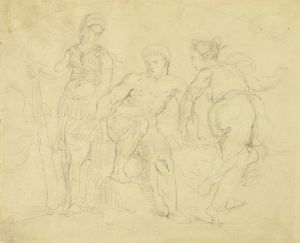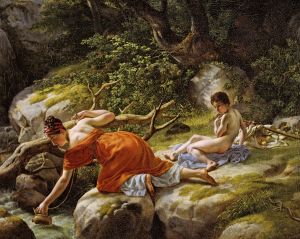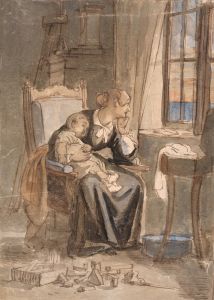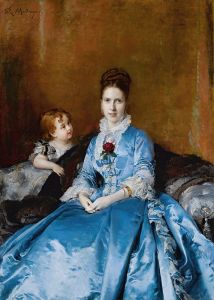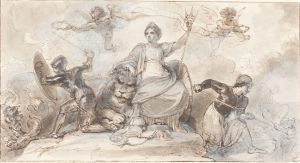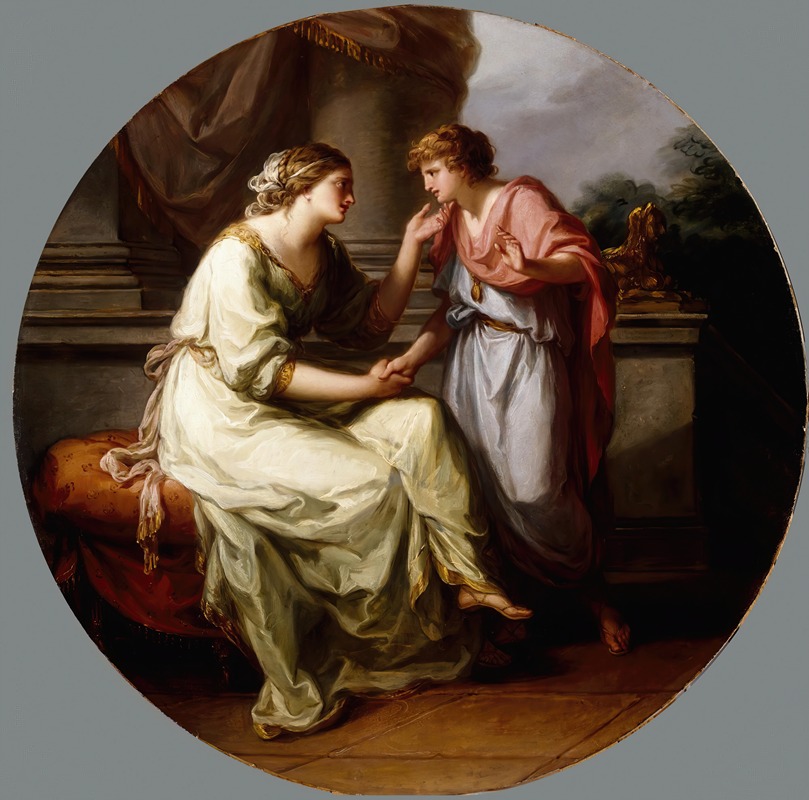
Papirius Praetextatus Entreated by his Mother to Disclose the Secrets of the Deliberations of the Roman Senate
A hand-painted replica of Angelica Kauffmann’s masterpiece Papirius Praetextatus Entreated by his Mother to Disclose the Secrets of the Deliberations of the Roman Senate, meticulously crafted by professional artists to capture the true essence of the original. Each piece is created with museum-quality canvas and rare mineral pigments, carefully painted by experienced artists with delicate brushstrokes and rich, layered colors to perfectly recreate the texture of the original artwork. Unlike machine-printed reproductions, this hand-painted version brings the painting to life, infused with the artist’s emotions and skill in every stroke. Whether for personal collection or home decoration, it instantly elevates the artistic atmosphere of any space.
Angelica Kauffman, a prominent Swiss Neoclassical painter of the 18th century, created the artwork Papirius Praetextatus Entreated by his Mother to Disclose the Secrets of the Deliberations of the Roman Senate. This painting is based on a story from Roman history or legend, which highlights themes of virtue, loyalty, and the responsibilities of public service.
The subject of the painting is Papirius Praetextatus, a young Roman boy who, according to the tale, accompanied his father to a Senate meeting. After returning home, his mother, curious about the Senate's discussions, pressed him to reveal what had transpired. Papirius, bound by the confidentiality of the Senate's deliberations, cleverly fabricated a story to protect the secrecy of the proceedings. He claimed that the Senate had debated whether it would be better for a man to have two wives or for a woman to have two husbands. This humorous and fictional response satisfied his mother while preserving the integrity of the Senate's discussions. The story is often cited as an example of wit and the importance of discretion.
Kauffman’s painting captures the moment of interaction between Papirius and his mother. True to her Neoclassical style, the composition emphasizes clarity, balance, and the moral undertones of the narrative. The figures are rendered with grace and dignity, reflecting the ideals of Roman virtue and the Enlightenment values that influenced Kauffman’s work. The setting and costumes are inspired by classical antiquity, aligning with the Neoclassical movement's fascination with Greco-Roman themes.
Angelica Kauffman was one of the founding members of the Royal Academy of Arts in London and was celebrated for her historical and allegorical paintings. Her works often focused on themes of morality, virtue, and the roles of women, making her one of the most respected artists of her time. This painting is an example of her ability to blend historical storytelling with artistic elegance.
The exact date of the painting is not definitively documented, but it is consistent with Kauffman’s broader body of work, which often drew on classical subjects. The painting is housed in a collection, though specific details about its current location or provenance may vary depending on available records.






